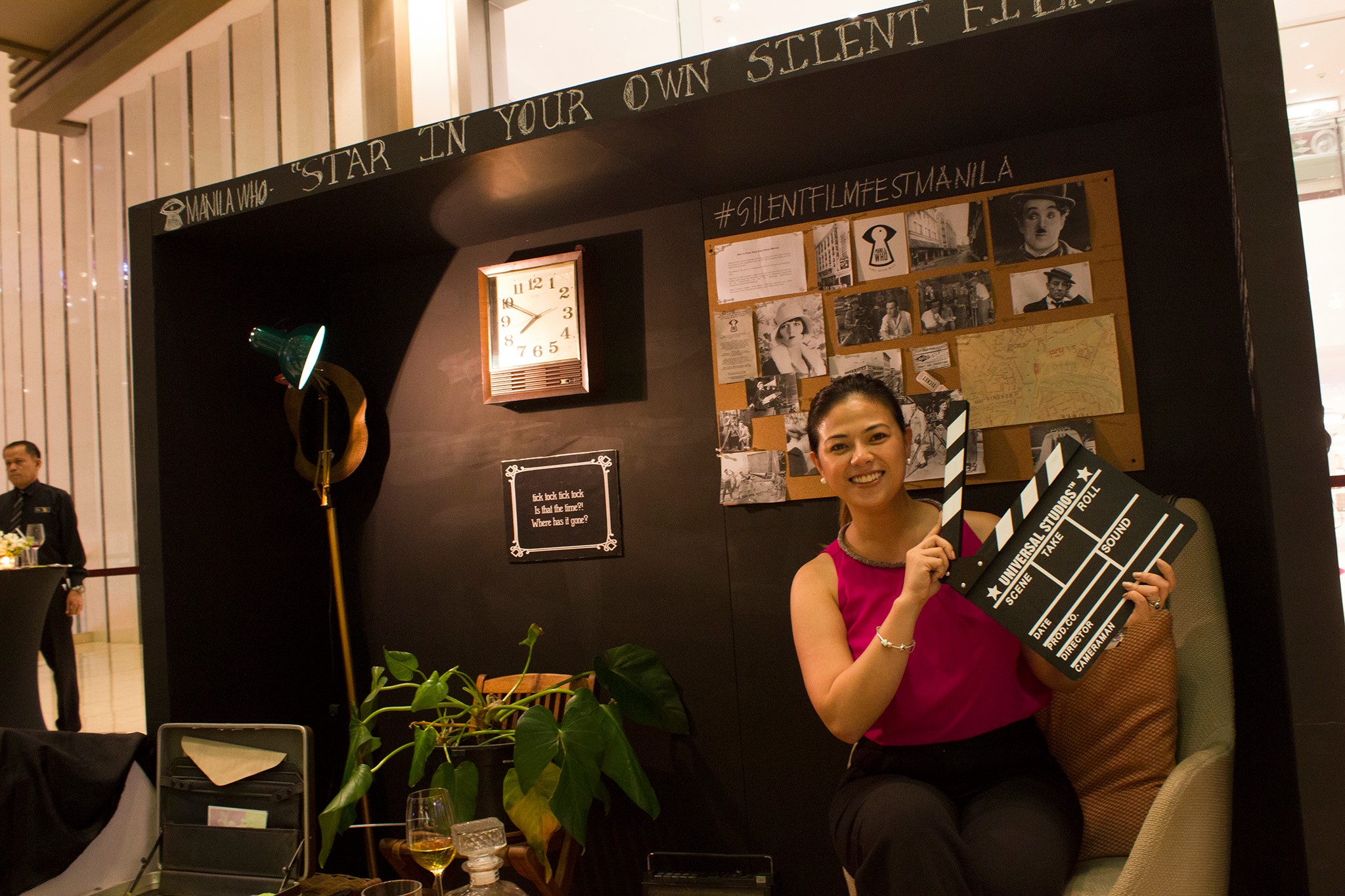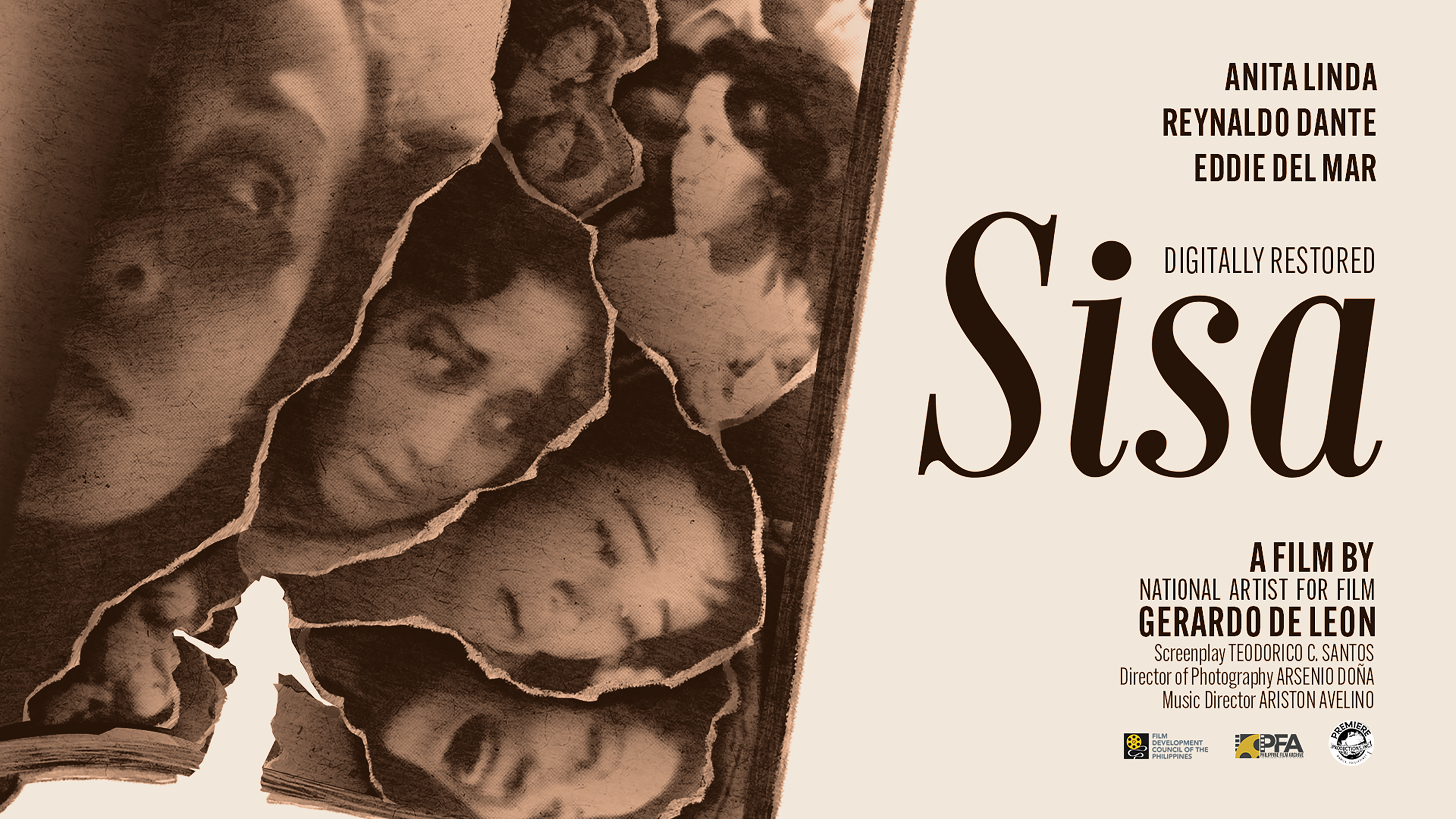When silence is golden

Most of the time, the sincerest, deepest human emotions can only be said without the nuance of words — perhaps this is the reason, too, why a quiet tear can mean overwhelming joy, or a longing look speaks of a great yearning. Sometimes, silence speaks volumes and conveys the profundity of the most poignant emotions.
This November, it is with much excitement that we at the Film Development Council of the Philippines welcome you to this year's International Silent Film Festival Manila (ISFFM).
The opening ceremonies of ISFFM 2021 will be held at the historical Metropolitan Theatre. What can be a more apt venue to feature silent films?
Like the national cultural treasure in art deco, silent films in the Philippines are a motif of revival. The Met will open again its doors for an invitational in-person event, while the film screenings and musical performances are pre-recorded for the online screening on the FDCP Channel from November 24 to December 3.
The 15th ISFFM
This year, six countries will showcase their classic silent films including Italy, the United Kingdom, Spain, Germany, France, and Japan. The Philippines will showcase a set of nine new short films created by the finalists of the Mit Out Sound (MOS) Silent Film Competition, featuring original musical scoring from their nine respective film composers.
Aside from the films, webinars on the topic will also be hosted by the FDCP to be given by experts from ISFFM partner countries.0:31/1:25
The ISFFM is the first festival of its kind in Asia, established in 2007 by Goethe-Institut Philippinen, the Japan Foundation, the City of Manila and Instituto Cervantes (Spain). Italy and France joined in 2008, the Philippines in 2011, the USA in 2014, Austria in 2015, and the United Kingdom in 2016.
Preserving heritage, advancing to the future
Silent filmmaking is crucial in the history of Philippine Cinema because the first movie made by a Filipino, "Dalagang Bukid" by Jose Nepomuceno released in September 1919, was a silent film. This milestone signaled the birth of Philippine Cinema.
Last year's ISFFM looked at one of the pressing concerns of cultural heritage preservation. How do we keep artifacts of our culture and history alive? Do we stop with the digitization of films from celluloid copies? Do we stop at archiving and restoration?
Film historian and expert Nick de Ocampo notes that "the legacy of silent cinema should not just die in the past and we, historians, [should not just] feast on it and write about it, but rather, make it alive once again."
I couldn't agree more. We preserve something by keeping it alive and thriving. Philippine Cinema has lost most of its early silent films. This sad reality inspired the creation of the first MOS International Silent Film Lab in order to revive the interest in silent filmmaking and enhance the expertise of Filipino filmmakers in creating unique and quality films.
MOS is the country's first film lab on silent filmmaking, offering training sessions on visual storytelling, safe filming, and editing by local and international mentors. It hopes to be a breeding ground for fresh talents to champion the tradition of silent films and aims to rebuild a new library of Filipino silent films.
Silent films, musical screenings
Many may not be aware that in the first three decades since the invention of the moving picture, the movies were made without sound because the technology was not yet available.
Silent films were screened with the accompaniment of live music — from an orchestra, a band, a pianist, among others, depending on the venue. Sometimes, there will even be a narrator to read the title cards. Silent films are indeed "silent" but never the screenings.
In "Dalagang Bukid," the song was performed live by National Artist for Theater and Music Atang de la Rama with music accompaniment in every screening.
Film expert De Ocampo notes that the silent era was a very special period in the history of cinema throughout the world. It was, after all, the beginning for all of the world cinemas. Silent films also became an impetus for local filmmakers to create our homegrown roster. The music-loving Filipinos, who grew up with zarzuelas at the time, transitioned beautifully to music-accompanied silent films.
Old films, modern sound
The ISFFM is a special chance to see beautiful classic silent movies accompanied by original musical compositions from contemporary musicians. In a way, this is going back to how movies were traditionally experienced.
The transcendent experience of watching silent films while a band or an orchestra plays along is definitely magical and breathtaking! The modern take on musical scoring also updates the material to become more appealing to the new generation of movie-goers. The new music creates a connection with the current audiences, breathing freshness to a film made more or less a hundred years ago.
While also a visual art form in motion, silent films work differently compared with a "talkie" which are the kind of movies we are all used to. Here, silence is a device to express a narrative. As French director Michel Hazanvicius says of silent films, "The lack of sounds makes you participate in the storytelling."
Whatever great strides we have today in the field of filmmaking, it all started with silent films — even our own film industry. The silent film was an important milestone and remains an important art form now. It is an important part of our artistic and cultural heritage.
I invite you all to experience the charm of silent film in the International Silent Film Festival Manila. Together let us continue this beautiful tradition of making and watching silent films. Let us support films in all its many forms. After all, we can never have enough mediums to express the vast array of stories and experiences the human mind is capable of perceiving and sharing.
Isn't it amazing to just wonder at the universe of emotions and stories a fist-sized heart can hold and tell? There is so much to say through our movies. So much so that sometimes, the best way to articulate them is not through words.
Silent films speak. Listen
Notes from the Chair
The Sunday Times Magazine - The Manila Times
Notes from the Chair is part of the Arts Awake section of The Sunday Times Magazine published by The Manila Times. Click HERE to view the article on The Manila Times website.





